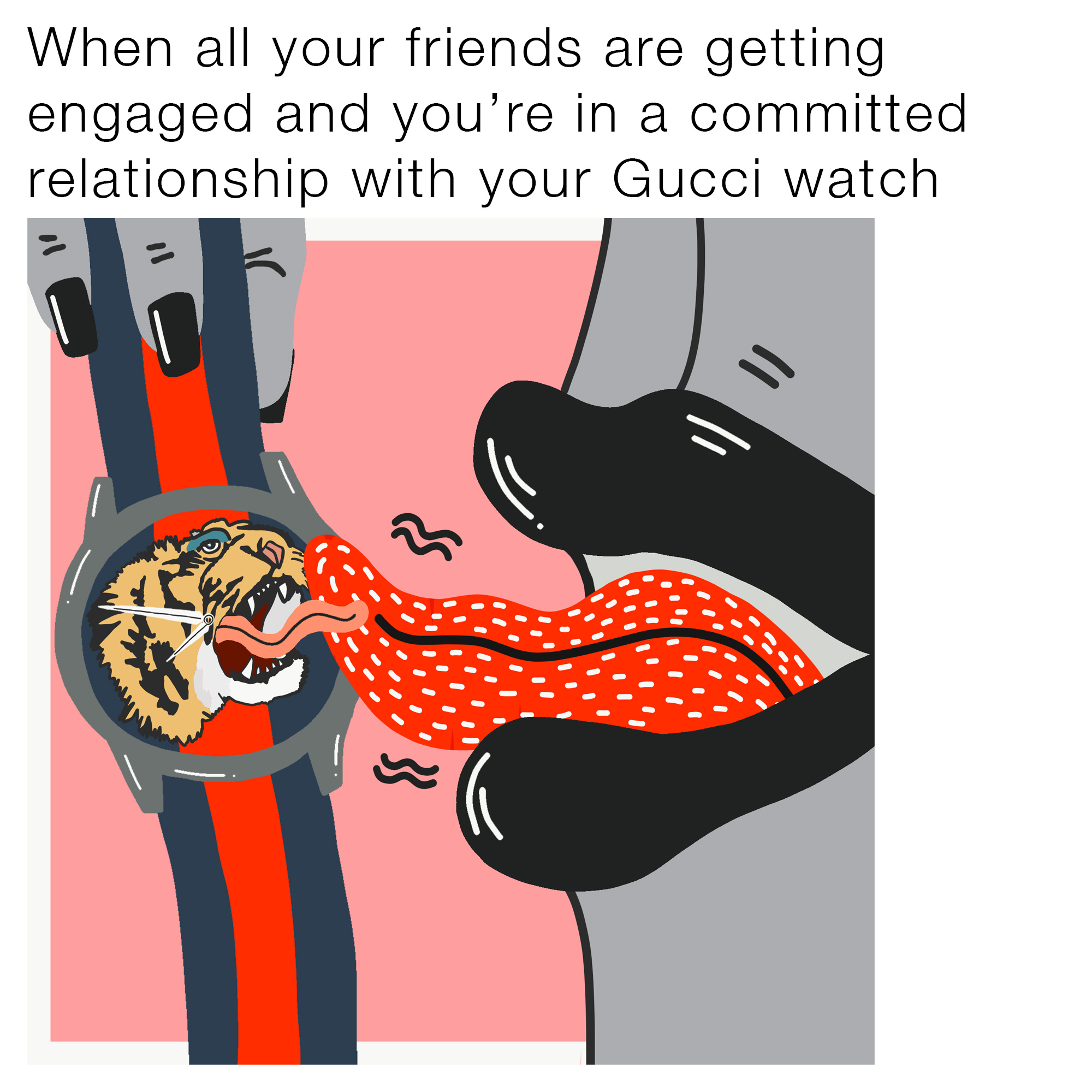Trump’s distaste towards Mexico has been made fairly clear throughout his presidential campaign. He holds outsourcing of production processes to Mexico responsible for the loss of jobs in America and believes that current treaties governing trade relations with Mexico “have destroyed the country”.
Mexico’s cheap labor costs, tax rebates, and its proximity to the United States and Canada have made it one of the most attractive spots for companies to outsource their production lines. In particular, the city of San Louis Potosi has attracted numerous automobile giants such as GM, Toyota, Ford, and BMW. Trump is now forcing these companies to relocate their factories to the United States, by threatening to impose a 35% tax on their products imported from Mexico.
During his campaign in September 2016, he specifically picked on Ford Motors’ plan to move production of all small vehicles to Mexico from its factory in Michigan. He criticised them for being ‘disloyal’ and ‘un-American’ and said they were ‘using NAFTA to move jobs away from America, as seen in a CNN news clip. However, Ford responded by saying that no American jobs will be lost. The factory in Michigan will continue to operate and produce other car models instead (Isidore, 2016). Despite this, Trump stuck to his threat of charging a 35% tax on every car that is imported from Mexico. This tax would have detrimental impacts on Ford as they would have to pay a total of $2.8 billion per year in taxes which exceeds its total profit in its most recent quarter (Gillespie, 2016). Moreover, it would make cars much more expensive for American consumers (Gillespie, 2016).


In January 2017, Ford announced that they are scrapping the factory in Mexico and are instead investing $700 to build another factory in Michigan where they will be producing electric and self-driving cars, bringing 700 new jobs to America (Long, 2017). The CEO of Ford Motors, Mark Fields repeatedly said that this decision was taken purely for their business and not because of any special deal made with Trump (Long, 2017). However, I personally think otherwise.

One of Trump’s tweets which hints the fact that Ford’s decision to scrap the Mexican factory was forced
On the other hand, as mentioned in a fellow COMM 101 classmate, Jorge Zubeirta’s blog, BMW motors also received similar threats from Trump and would also suffer crippling losses if this tax legislation is passed. However, unlike Ford, BMW has not been bullied by this threat. They are strongly determined to build their facility in San Louis which is expected to be opened in 2019.
To me, the idea of penalizing these companies is ridiculous. New jobs will be created in Mexico, however, that does not mean that jobs are being lost in America because both companies will continue operating their American factories. Outsourcing production guarantees lower prices for all consumers worldwide, which I think is more valuable than a few thousand jobs that could’ve been brought in. Moreover, in the case of BMW, the factory in Mexico will mainly be exported to countries other than the United States and so it surely makes sense for them to save costs by producing in Mexico.

The BMW 3-Series Sedan that will be built in the new Mexican factory
Works Cited:
Gillespie, P. (2016, September 15). Trumps 35% Mexico tax would cost Ford billions and hurt Americans. Retrieved November 12, 2017, from http://money.cnn.com/2016/09/15/news/economy/trump-tariff-ford-mexico/?iid=EL
Isidore, C. (2016, September 15). Ford fact checks Trump: We will be here forever. Retrieved November 12, 2017, from http://money.cnn.com/2016/09/15/news/companies/ford-trump-jobs/index.html?iid=hp-toplead-dom
Long, H., & Harlow, P. (2017, January 4). Ford cancels Mexico plant. Will create 700 U.S. jobs in ‘vote of confidence’ in Trump. Retrieved November 12, 2017, from http://money.cnn.com/2017/01/03/news/economy/ford-700-jobs-trump/index.html?iid=EL









